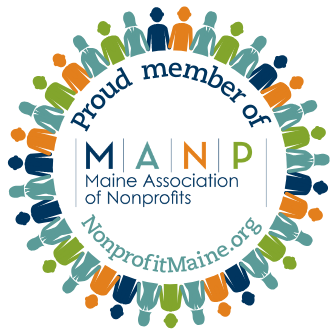Successful onboarding begins with a strategical plan. A well-designed plan, centered around your company’s purpose and mission secures long-term energized staff; while a failure to plan often results in high turnover – increasing both time loss and financial drain. Here are the elements of an ideal onboarding plan.
Know why you are hiring the new employee. An accurate solid picture of why you need the new employee will help you answer these questions and henceforth, communicate the details to your new employee.
• What specific role(s) will the new employee fill?
• What will be his/her responsibilities?
• What are the new employee’s specific duties?
• How will his/her role fit into company objectives – the overall “big picture”?
Create an onboarding/training system. This system is essential for a smooth onboarding process with minimal loss of productivity.
• Create a playbook containing all the essentials, such as organizational charts, applicable policies and procedures, company philosophy and mission statement, branding guidelines, as well as info about basics – including the location of the cafeteria, restrooms, office supply storage, etc.
• Establish key training procedures – cross training where appropriate, job-shadowing when necessary, utilizing videos and manuals, etc.
• Assign a mentor from current staff based on job roles and similar interests. Confirm that the mentor has a good grasp of the “unwritten rules” and will communicate them effectively.
• Include company policy for tracking time, safety precautions, dress code, and confidentiality guidelines.
• Prepare their work area, ensuring that all the necessary equipment/supplies are available and in good working condition. This preparation should include a “cheat sheet” of user names and passwords and any other pertinent information.
Pave the way with current staff. Whether the new employee(s) is temporary or permanent, ensure that present staff is aware of the new addition. Establish specific protocol for responding to new employees, which include:
• Introducing the new employee to key (and secondary) staff, who will be working with him/her.
• Maintaining a standard of respect among all employees, regardless of their length of service, diversity, or level of position.
• Communicating the expectation that current employees will willingly answer questions, offer appropriate assistance, etc.
• Encouraging company-wide attitude or culture that welcomes new employees as a valuable part of a thriving team.
• Inviting new employees to participate in company gatherings and outside events involving employee groups.
Set the pace for success. Ensure that your new employee knows what is expected. Encourage their feedback. Find that sweet spot between:
• Insufficient workload and direction – this leaves the new employee wandering around, unsure of their role, and bored.
• Responsibility overload – this leaves the employee overwhelmed, frustrated, and feeling totally inadequate for the job there are trained to do. Even C-level staff experience a learning curve in a new position.
Onboarding isn’t a short-term process – it’s an ongoing strategic integration process which nurtures relationships and encourages engagement. From a warm welcome the first day to their first review to the one-year mark, make the experience personal and professionally pleasurable. Remember that, just as the new employee wants to make a great impression, it equally important for your company to make a great impression on him/her. Yes, successful onboarding requires time and input, but the cost of turnovers is far greater. A solid onboarding program ultimately ensures a better bottom-line.
Is your Bangor or Portland, Maine company seeking quality employees who will respond to a healthy onboarding process and become an integral part of your business? Contact Springborn Staffing. We specialize in connecting the right staff – whether temp or permanent – with the right position in the right company. Take advantage of our extensive talent pool today.




